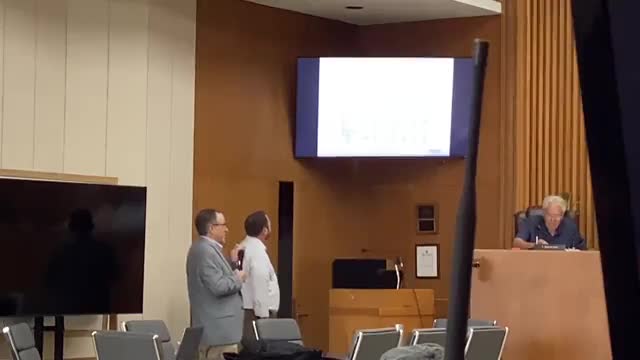Utility Rate Changes Spark Controversy Over Consumer Costs
June 20, 2024 | Cushing, Payne County, Oklahoma

This article was created by AI summarizing key points discussed. AI makes mistakes, so for full details and context, please refer to the video of the full meeting. Please report any errors so we can fix them. Report an error »

In a recent government meeting, officials discussed significant changes to the electric rate structure aimed at addressing the disparities in billing for low and high energy consumers. The proposed adjustments include a declining block rate for large users, which is designed to mitigate total billing costs while ensuring the recovery of fixed service costs and a portion of wholesale power demand.
The meeting highlighted that the current rate structure results in markedly different bills for low and high users based on their consumption levels. For instance, lower usage consumers could see percentage increases in their bills ranging from 20% to 30%, while higher usage consumers would experience lower percentage increases, around 8%. This discrepancy arises from the need to recover fixed costs, which disproportionately affects those with lower consumption.
Additionally, officials announced plans to apply a Power Cost Adjustment (PCA) to street lighting, a practice not previously implemented. This change is expected to provide a more accurate reflection of costs associated with lighting services.
The discussion also included a detailed analysis of billing comparisons across various consumer categories, including residential, commercial, and community facilities. For example, average monthly consumption for residential users was noted to be around 1,100 kilowatt hours, while community facilities, such as those serving senior citizens, maintained a flat rate due to their unique service agreements.
Overall, the proposed rate changes aim to create a more equitable billing system while ensuring the financial sustainability of the electric service provider. The adjustments will be phased in, with further evaluations planned to assess their impact on consumers.
The meeting highlighted that the current rate structure results in markedly different bills for low and high users based on their consumption levels. For instance, lower usage consumers could see percentage increases in their bills ranging from 20% to 30%, while higher usage consumers would experience lower percentage increases, around 8%. This discrepancy arises from the need to recover fixed costs, which disproportionately affects those with lower consumption.
Additionally, officials announced plans to apply a Power Cost Adjustment (PCA) to street lighting, a practice not previously implemented. This change is expected to provide a more accurate reflection of costs associated with lighting services.
The discussion also included a detailed analysis of billing comparisons across various consumer categories, including residential, commercial, and community facilities. For example, average monthly consumption for residential users was noted to be around 1,100 kilowatt hours, while community facilities, such as those serving senior citizens, maintained a flat rate due to their unique service agreements.
Overall, the proposed rate changes aim to create a more equitable billing system while ensuring the financial sustainability of the electric service provider. The adjustments will be phased in, with further evaluations planned to assess their impact on consumers.
View full meeting
This article is based on a recent meeting—watch the full video and explore the complete transcript for deeper insights into the discussion.
View full meeting
